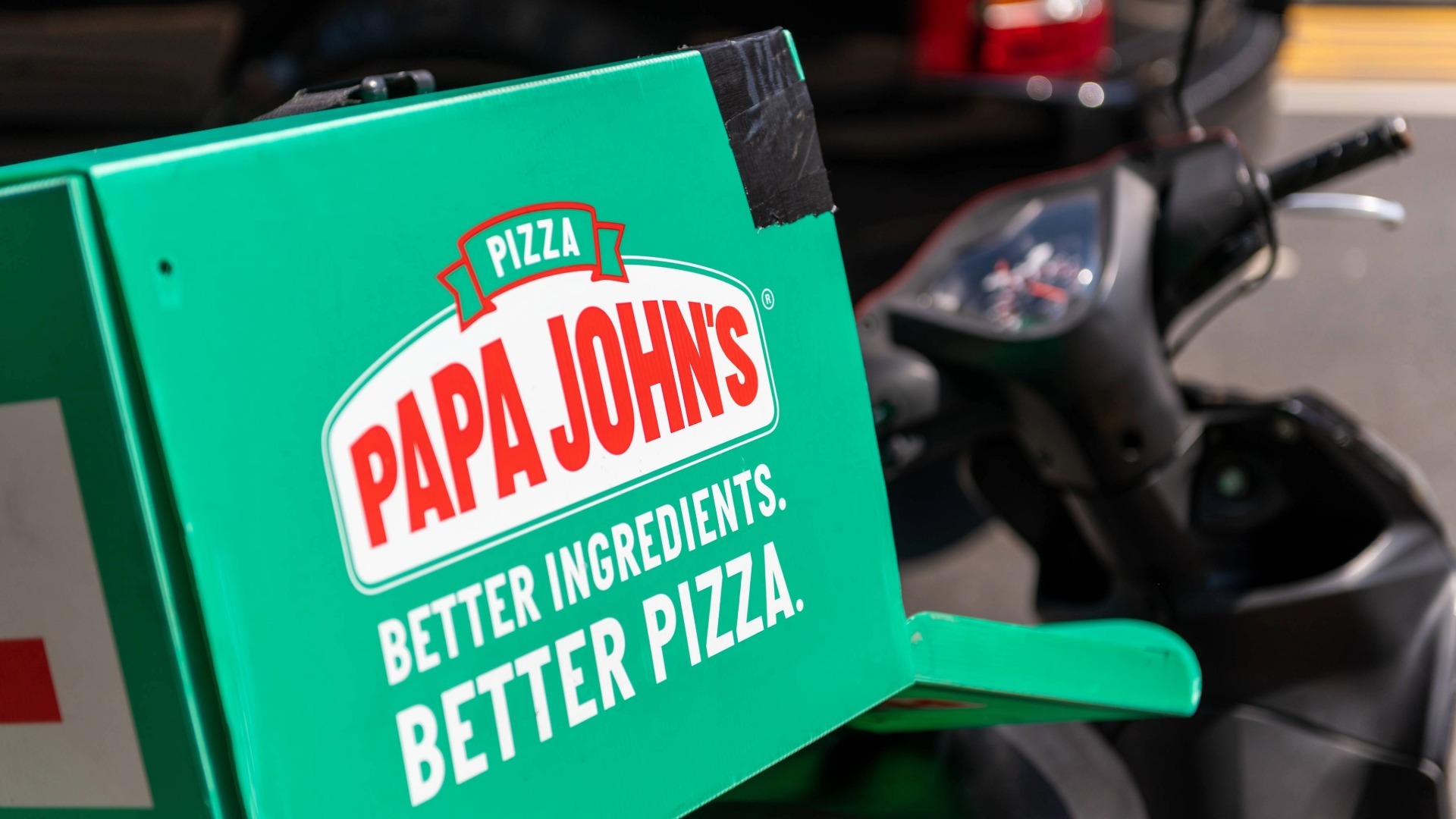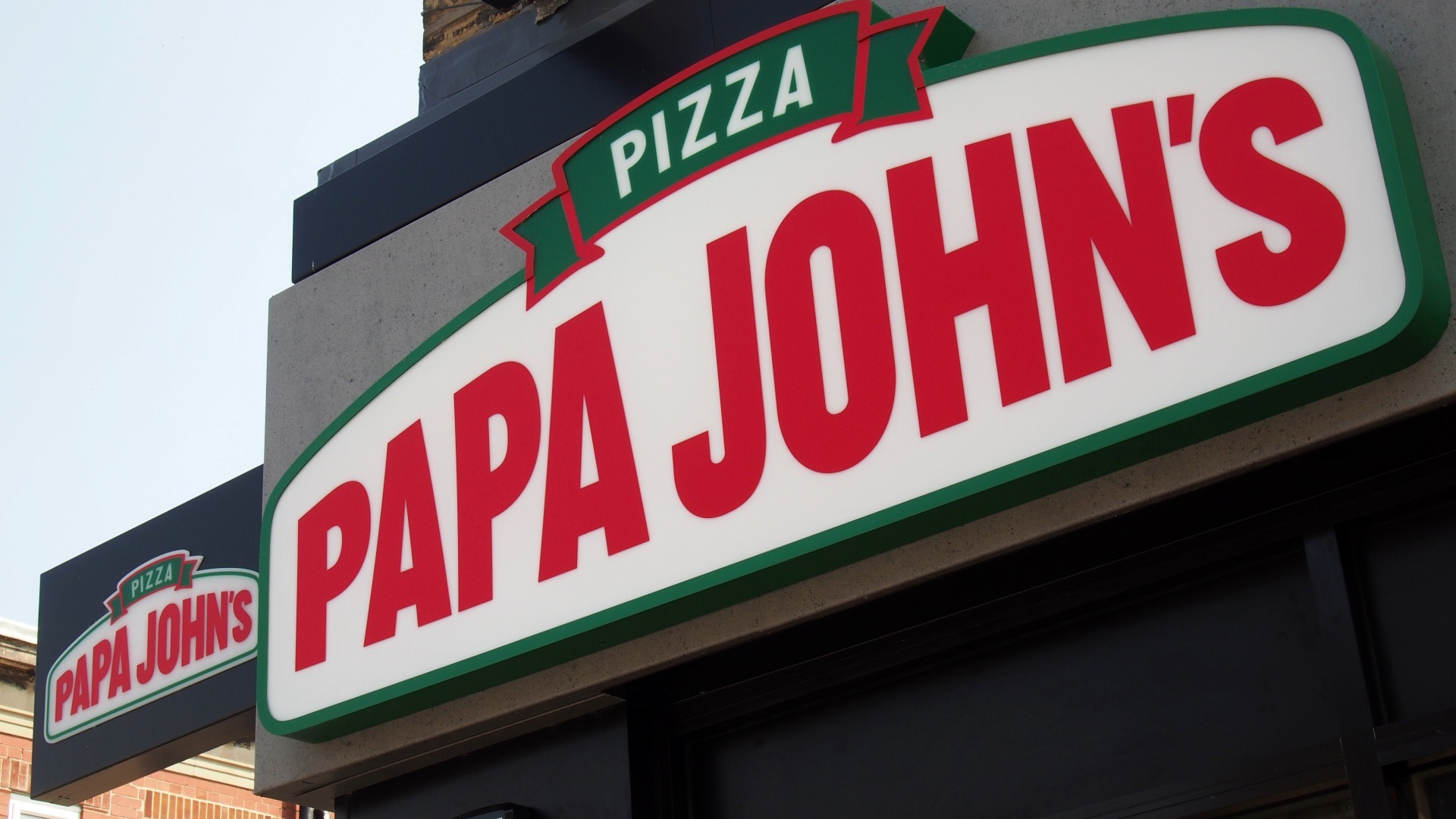The long road to profit: How Papa Johns UK’s painful reset paid off
Posted by Stelios on 8th Nov 2025 Reading Time:
I’ve followed Papa Johns UK’s restructuring journey closely over the past two years. Now, as the pizza brand finally returns to profit, its story offers valuable lessons for any operator facing the same pressures of rising costs, falling margins, and the constant push to grow.
A bold turnaround built on tough decisions
Few hospitality turnarounds in recent memory have been as bold — or as hard-won — as Papa Johns UK’s. Once weighed down by years of losses and overextension, the chain has now delivered its strongest quarter since Covid.
This is not a story of luck. It’s a case study in facing up to unprofitable realities, trimming excess, and rediscovering purpose in a market where scale once seemed like the only measure of success.
A hard reckoning
Just two years ago, Papa Johns UK was deep in financial distress. The company recorded nearly £20 million in losses in 2023, following a steady decline since the pandemic .
By 2024, scale had become a liability. High rents, labour inflation, and competition from delivery aggregators pushed many sites into the red. To stop the bleed, Papa Johns embarked on one of the UK’s most aggressive restructuring drives — closing 74 stores, around one-seventh of its estate.
The closures affected hundreds of jobs and tested the morale of staff and franchisees. Yet Managing Director Chris Phylactou insisted the alternative — inaction — would have been far worse. “Closing restaurants is never an easy decision. It’s the last thing we ever want to do. But if restaurants are performing badly and losing a lot of money, sometimes the best decision is to close them,”.
It was a painful reset, but it saved the business.
Streamlining to survive
Behind the headlines, Papa Johns made a series of strategic moves that reshaped its entire UK model. It acquired struggling franchises at risk of insolvency, reviewed each site’s viability, and refranchised 60 of them, keeping only the strongest performers while closing the rest .
It also cut operating costs — from staffing to energy and insurance — and streamlined its management structure . But this wasn’t just cost-cutting; it was a strategic refocus.
Papa Johns moved from chasing expansion to pursuing excellence. Under Phylactou’s leadership, the company repositioned its marketing, launched the “Devoted to the Dough” campaign to spotlight quality and innovation, and invested in technology to strengthen loyalty and aggregator partnerships .
The shift was cultural as much as operational: the message was clear — fewer, stronger stores delivering better experiences.
A wider industry correction
Papa Johns isn’t alone in rethinking scale. Whitbread plc — the parent company of Beefeater and Brewers Fayre — recently announced plans to close or sell over 120 underperforming restaurants to boost profitability. Pizza Hut, too, has quietly trimmed its UK footprint, focusing on delivery-led formats and franchise consolidation.
Across the hospitality sector, operators are recognising that growth for growth’s sake is no longer sustainable.
Greggs, described by analysts as “a story of consistency” despite inflationary and high-street pressures, shows how the UK food-to-go market now rewards reliability over rapid expansion. Meanwhile, McDonald’s in the UK continues to prioritise menu evolution, digital investment, and value-driven promotions — reinforcing that customer trust and operational discipline matter as much as store count.
Cost pressure and the margin squeeze
It’s not hard to see why. Energy costs remain 30–40% higher than pre-pandemic levels, while delivery platforms can take commissions of up to 35% per order. Add in wage inflation, insurance premiums, and the lingering effects of supply-chain disruption, and even national brands have found profitability elusive.
In fact, data from CGA by NIQ and AlixPartners show that despite 53% of hospitality operators reporting revenue growth in Q2 2025, only 27% saw profits rise — while 84% were forced to raise prices to absorb rising costs. The same research found that almost half of operators reduced staff levels to cope with cost pressures, underscoring how thin the margin for error remains across the sector.
For Papa Johns, reducing footprint was less about retreat and more about survival. The decision to consolidate was born of necessity — and it’s one many operators in hospitality will eventually face themselves.
From contraction to confidence
By 2025, those decisions began to bear fruit. Papa Johns UK reported its strongest quarter since the pandemic, with company-owned store sales up £0.6 million and system-wide international sales climbing 2% year on year .
Phylactou attributed the turnaround to staying disciplined: “Our focus has been on returning to profitability, and it’s encouraging to see that the changes we’ve introduced — relaunching our brand, optimising our media visibility, partnering with aggregators — have driven real momentum for the business.”
For the first time in years, the company is “no longer losing money” and is firmly on track for sustained profitability. The lesson is clear: in hospitality, growth means little without control.
Lessons for operators
Don’t confuse footprint with profit — performance trumps presence.
Rationalisation can protect the brand, not damage it.
Brand clarity and operational control build long-term resilience.
Rebuilding trust and brand identity
Rebuilding public trust after mass closures is rarely easy. Papa Johns knew that downsizing risked damaging consumer confidence and franchise morale. But by doubling down on quality, service, and loyalty, it has begun to restore both. The renewed brand emphasis — “better ingredients, better pizza” reborn as a commitment to better execution — has struck a chord with consumers who value reliability as much as value.
This approach reflects a deeper truth across hospitality: when times are tough, customers gravitate to brands that are consistent, transparent, and focused on fundamentals.
Looking ahead
Papa Johns UK enters 2026 leaner, more focused, and — most importantly — profitable. The chain’s revival is not just about pizza; it’s a wider business lesson about clarity, accountability, and knowing when to stop what’s not working.
For every operator watching from the sidelines, that may be the most valuable takeaway of all: sustainability starts with discipline.






